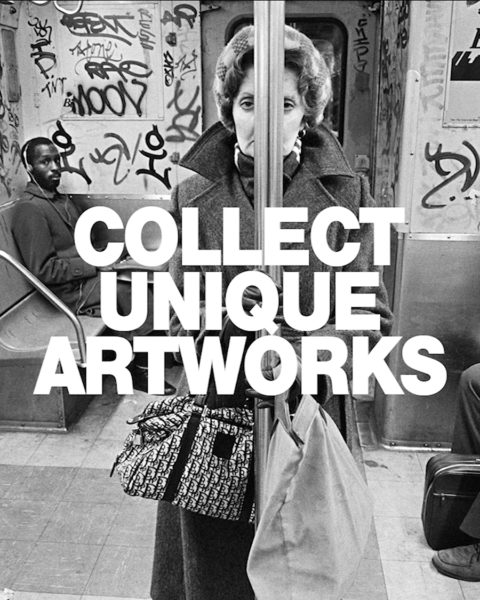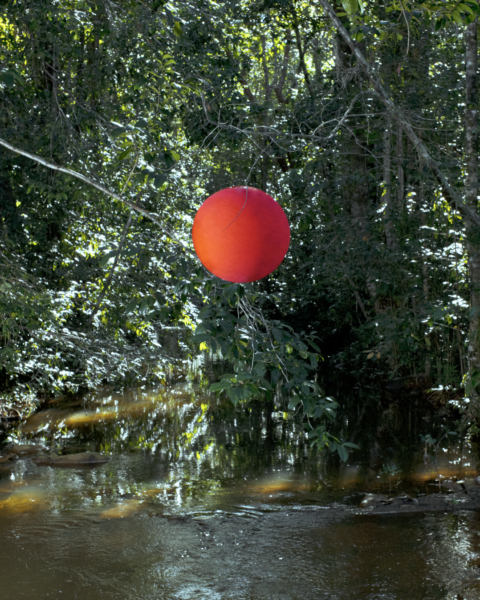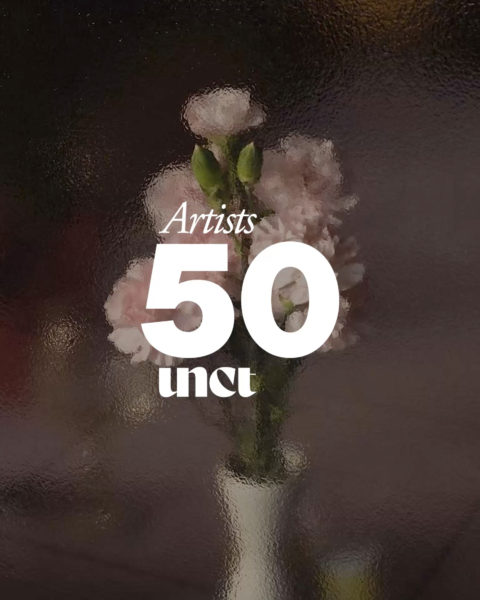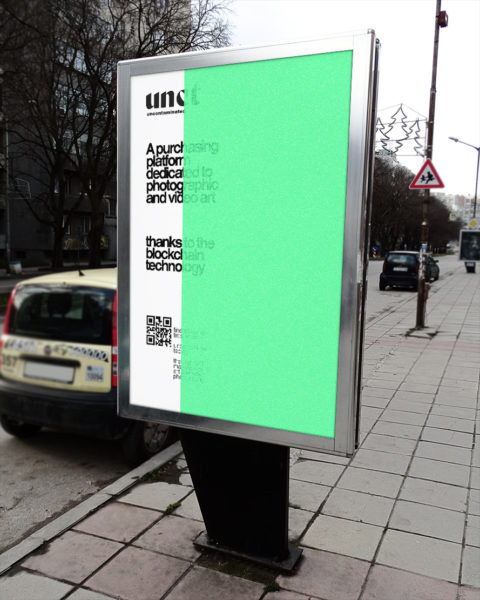There’s a lot of debate around NFTs as an evolution of fine art collecting, but with digital art.
Can this really change the future of collecting art? Let’s try to grasp the various angles of the debate.
The current frenzy for NFTs is the result of several factors, including a rise of interest in digital assets due to confinement and the use of computers to work and trade because of the global pandemic. Furthermore, an increase in financial markets over the last two years, to the value of leading cryptocurrencies including Bitcoin and Ether soaring to record highs and emerging transactions and important business with cryptocurrencies which gave rise to dedicated platforms have influenced NFT trade overall.
Some may argue that there are disadvantages to collecting NFT art precisely because they are digital. The fact is, you can copy a digital file as many times as you like, including registered NFT art. However, NFTs provide you with something that can’t be copied: ownership of the work (though the artist can still retain the copyright and reproduction rights, just like with physical artwork). Just like physical art collecting: anyone can buy a Van Gogh print. But only one person can own the original.
Apart from supporting artists you esteem, buying an NFT allows you usage rights, the ability to resell it and make a profit as well as a certified copy, secure storage in your wallet on the blockchain as well as the possibility to showcase it through ever more popular digital screens at home or in a public space.
Another interesting aspect of NFTs is that a younger generation of creators and buyers have taken a keen interest in this technology spending various amounts of time, energy, and money on these assets, which may keep them around for longer than we think. In real terms, this means that a young collector from Singapore can buy a work of art from a Swedish artist as a registered NFT operating in a digital world whereas previously he or she may have never entered a physical gallery and bought one in the traditional sense of art collecting. This may actually change the way art is collected on a larger scale as well as broadening the target of buyers.
The revolutionary appeal of NFTs is definitely evident when considering their potential to address some of the imbalances of power and information that have defined the traditional art market. For instance, the actual technology ensures traceability and transparency of provenance, ensuring information about past sellers and prices are publicly available whilst in turn reducing the possibility of fraud.
“The way that the NFT and blockchain technology is keeping provenance has been one of the greatest components….Because you as the buyer are the only one who can have it—you’re on the blockchain, you’ve got the token, you’ve got the control. That’s a great way to prevent fraud in the market.”(Amanda Rottermund)
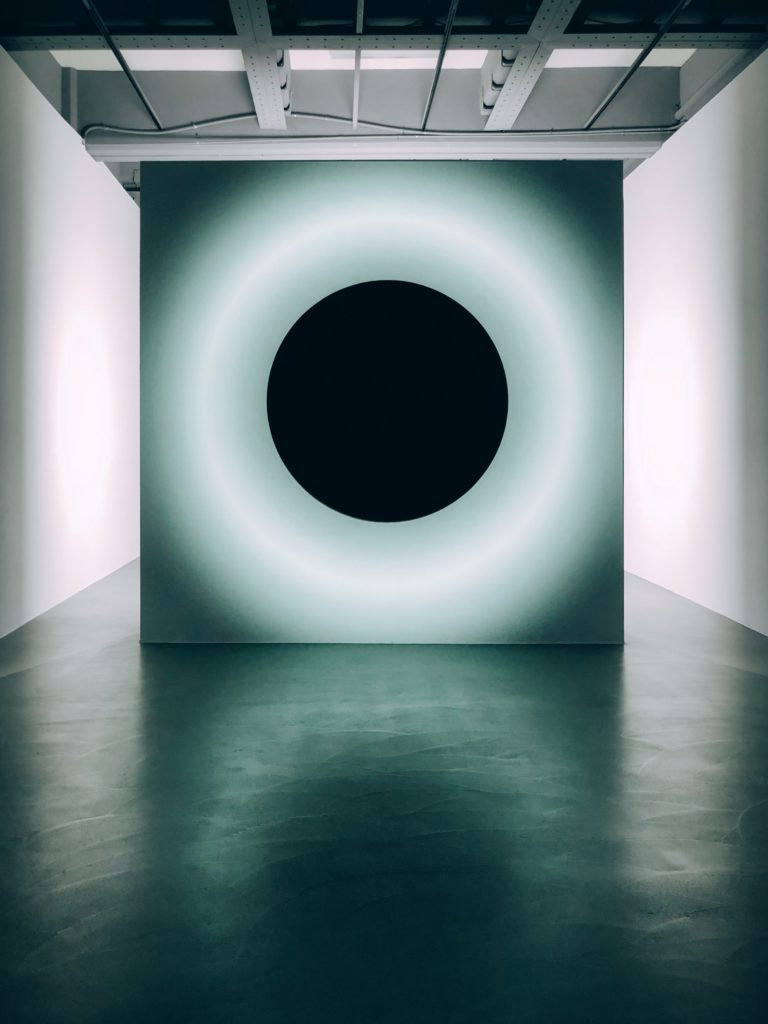
A further advantage of investing in digital assets is that the whole process of selling and valuing collectibles is way more efficient and transparent. Taking advantage of online NFT platforms like uncontaminted.co and others, means having a system responsible for verifying, pricing, and selling your collectibles. Which in turn reduces the costs of selling the actual work of art (such as fees lost to auction houses or galleries) plus much much faster sales. As a result, collectors receive larger returns on the investment through a more efficient and quicker system with NFTs as collectibles. Whilst artists retain the advantage of setting the first sale price, collectors establish the resale price within the platforms thus generating a continuous generation of value and exchange.
Collectors have been haunted by storage problems when collecting art throughout history, now NFTs do away with this essential issue. Digital assets let you keep physical items to a minimum. With NFTs, you can be a serious collector storing everything online in your wallet in allocated backups, or showcasing them on dedicated platforms.
Security and NFTs go hand in hand. Ownership of a token is immutable, which means the investor owns the token, not the company that created it. As such, the token can’t be destroyed or reproduced, making the investment fully protected from copy or theft. Easy to verify, each individual NFT is unique and traces ownership data right back to the original creator.
Not only collectors and investors are making a gain through NFTs but those who create the actual artwork can also be better off with digital assets. In addition to international exposure, selling NFTs can generally increase their income. When artists sell works through auction houses or galleries, they forfeit a significant percentage of their profits. Whilst with NFTs the transactions are direct without intermediaries and artists receive never-ending royalties from the resale of the works. Through royalties, they receive a percentage every time their work is sold earning passive income.
To define who exactly is collecting NFTs today would be to overstep the mark, but we can state with certainty that there is an increasing interest just by looking at the number of sales that the new platforms which sell NFTs are generating. We can’t tell you what the future will hold but what we know as of now is that we are just at the beginning of something grand that can only evolve…


